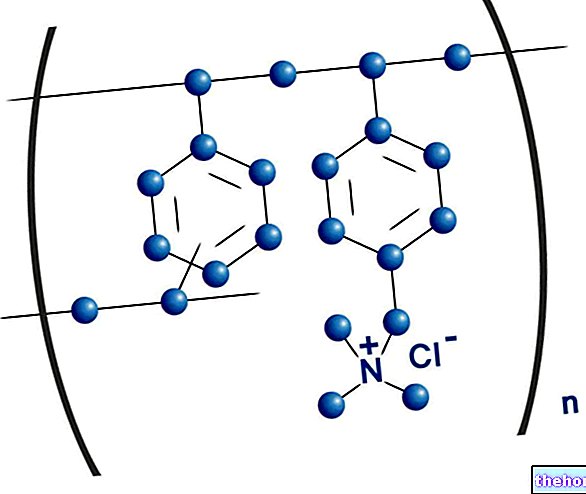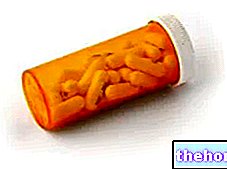The main feature of the intravenous route of administration is the absence of all the steps described in the other routes of administration (oral, subcutaneous, intramuscular, etc.).
Routes of Administration
- ENTERAL
- Oral
- Sublingual
- Rectal
- PARENTERALS
- Intravenous
- Intramuscular
- Subcutaneous
- INHALATION
- TRANSCUTANEOUS
With intravenous administration, in fact, the active principle, solubilized in an aqueous vehicle, is directly introduced into the circulatory system. This means that if we inject a certain dose of active ingredient, contained in a certain pharmaceutical form, the entire administered dose reaches the blood unscathed, without undergoing any modification. We can therefore say that the bioavailability of the intravenous route of administration is 100% ; in fact, the ratio between administered dose and used dose is equal to 1.

Intravenous administration is performed only by highly specialized personnel and is very useful for:
- all those types of drugs that can cause tissue irritation;
- drugs with a low THERAPEUTIC INDEX;
- drugs that are rapidly metabolized before or during absorption (such as peptide drugs that are digested in the stomach like any other protein);
- it also allows the introduction of high volumes of liquids (infusion);
- it is used for emergency therapy (eg convulsions, asthmatic attacks, cardiac arrhythmias, hypertensive crises, anaphylactic shock).
The intravenous injection must be carried out very slowly, so as not to cause sudden changes in pressure inside the blood vessel. The solutions that are injected must be non-pyrogenic and isotonic with the blood. Consequently, they must not be either hypotonic (would cause hemolysis of red blood cells), nor hypertonic (would cause the formation of aggregates of red blood cells, therefore possible thrombi); moreover, they must not contain substances that induce the precipitation of blood components and must not be composed of oily solvents (however they are oil-in-water emulsions allowed.) Up to 20 ml as a bolus, or quantities over 50 ml by slow infusion, can be administered.
The negative aspects of the intravenous route of administration are:
- possibility of formation of emboli;
- possibility of finding bacterial and viral infections;
- possibility of induction of bradycardia, hypotension and fainting.
Other articles on "Intravenous route of administration"
- Route of subcutaneous administration
- Inhalation route of administration




























